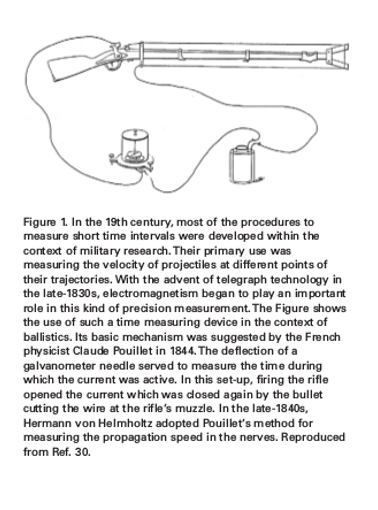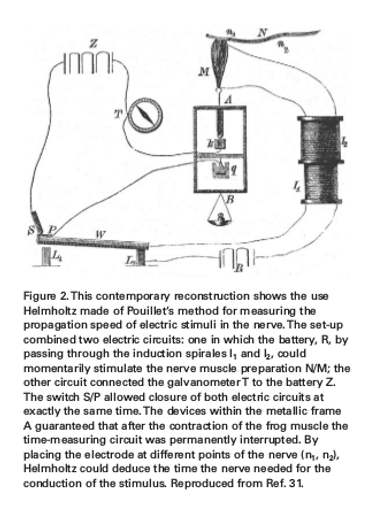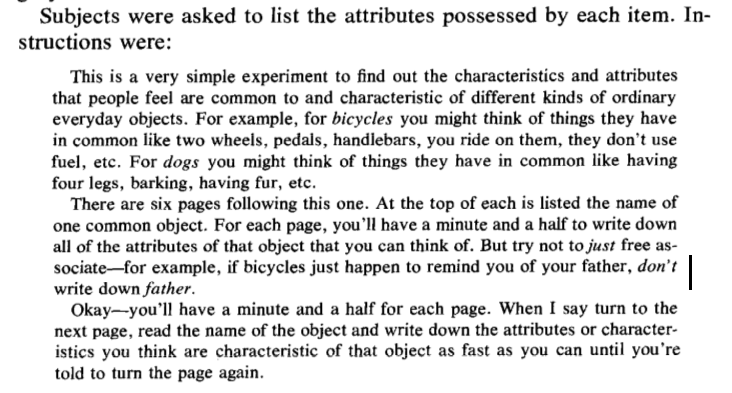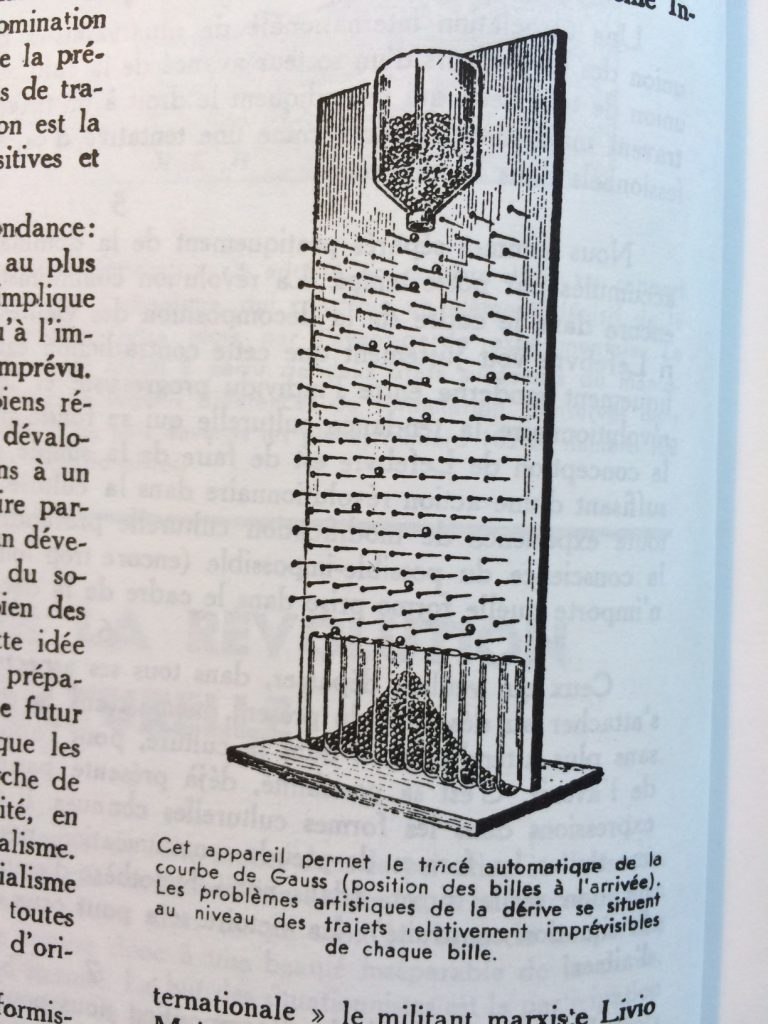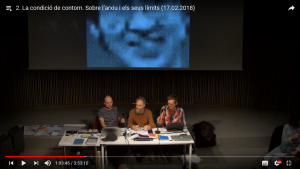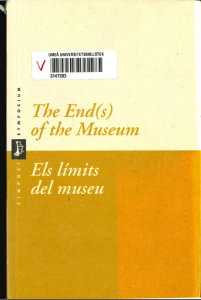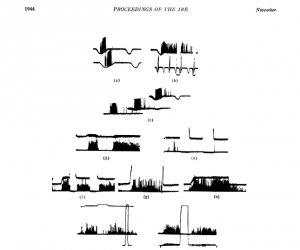“Airbnb is a global hotel filled with the same recurring items. Bed, chair, potted plant, all catered to our cosmopolitan sensibilities. We end up in a place that’s completely interchangeable; a room is a room is a room.
An algorithm finds these recurring items and replaces them with the same items from other listings. By clicking them, you can jump between rooms and explore the global hotel. There are many homelike places.
Outcome of a week-long web scraping workshop led by Jonathan Puckey at Non-Linear Narrative, a masters programme at the Royal Academy of Art The Hague.”
Visit
https://no-home-like-place.com
Screenshots

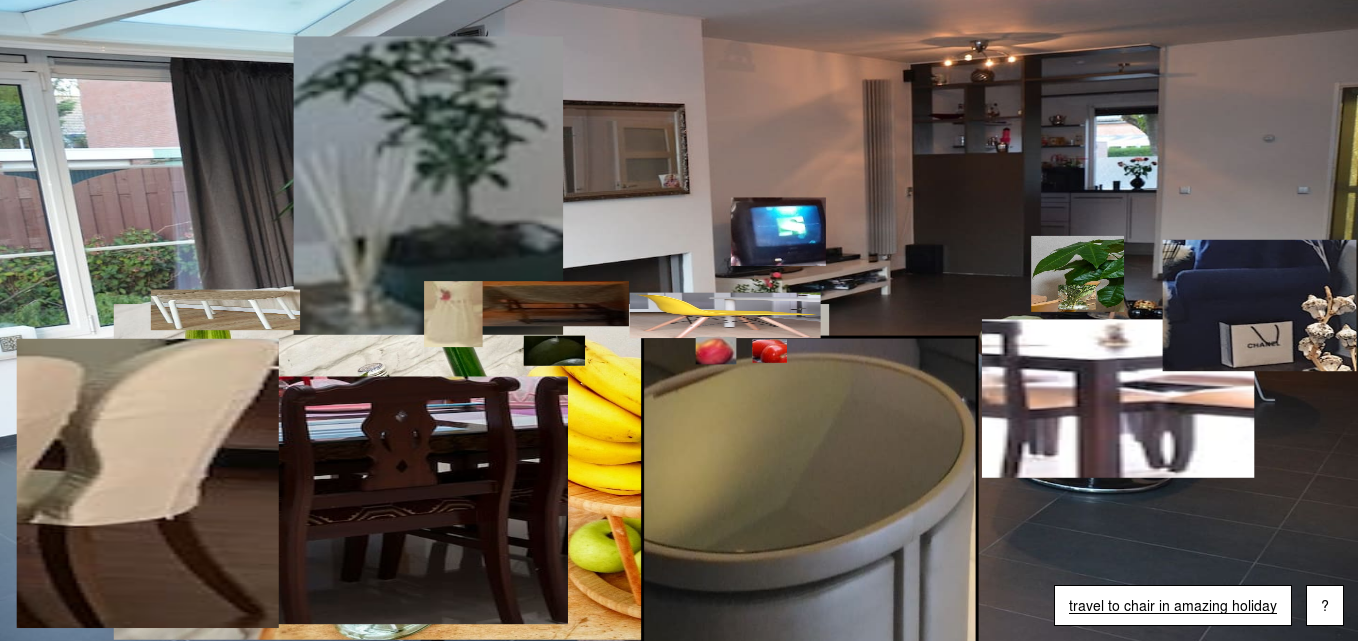
Thanks to Sam Mercer for the tip
